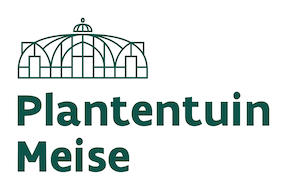The Royal Museum for Central Africa exists as a scientific institution since 1898 and already during this period insects from sub-Saharan Africa were sent to the department of entomology for study. These insects came mainly from the Democratic Republic of Congo, Rwanda and Burundi. Later, other sub-Saharan regions were prospected and now there are also representative collections from West and East Africa.
Roughly estimated, the Lepidoptera collection contains about 240000 butterflies and about 230000 moths. This collection has been studied from the beginning and new species were described already from the early 20th century.
The types are the most manipulated specimens in the collection and by digitizing them we prevent them from being overused and damaged but they continue to be available to the scientists.
Since it is a tradition to deposit paratypes in sister museums, these specimens are, in modern Lepidopterology, nearly as valuable as primary types.
The current database mainly contains the taxonomic information. By transcribing the labels, we hope to enrich the data with the collection info (location, collector, date of collection) and identification history.
Read more »







